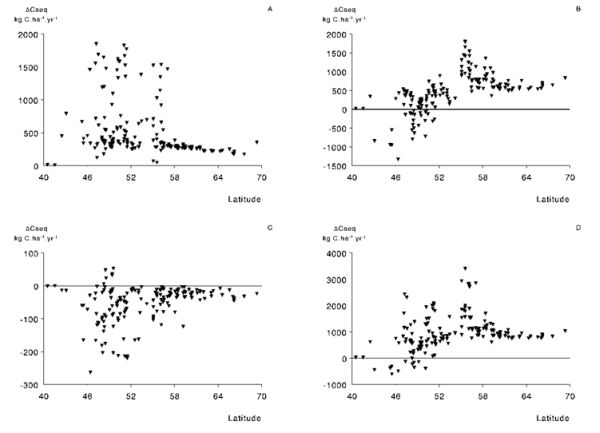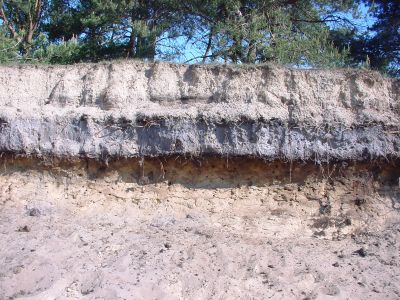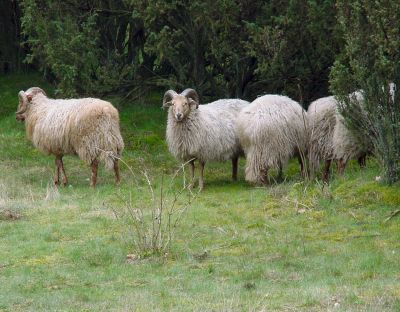VSD & SUMO, Modelling soil and vegetation processes
Purpose of the tool
Agricultural practices, water management and forest management all influence the composition of the soil. For example, drainage of peat causes oxidation of organic matter and emission of greenhouse gases. Fertilization increases the uptake of carbon by the soil. The models VSD and SUMO can be used to evaluate the effect of government policies and management changes on soil processes such as carbon sequestration and biomass production.
Target group
The models are designed for the scientific community.
Tool description
VSD and SUMO are two integrated models that simulate soil processes as mineralisation of organic matter, nitrogen and base cat-ion availability and vegetation processes as biomass accumulation, vegetation succession and nitrogen and base cat-ion uptake and production of litter. In SUMO, land management plays an important role, e.g. grazing, mowing, sod cutting or burning. Standard runs include effects of nitrogen deposition and climate change.
The tools are applicable for land management anywhere, but are especially relevant in delta areas where land management is usually intensive and different land uses compete for space, which implies continuous decisions on land use change. Furthermore, deltas feature a close interaction of land and water, and this interaction is an important factor in the models.
Result description
Changes in carbon sequestration of European forests in 2070 is compared to the reference run as a result of an increasing CO2 concentration (A), climate change (B), a changing (reduced) nitrogen deposition (C) and the combined scenario (D) as a function of latitude. Each triangle represents a European forest stand. For most sites the net carbon sequestration is expected to rise. However, the triangles below the zero-line indicate that for some sites the carbon sequestration will get lower and the sites will become net emitters of carbon, due to climate change and a lower nitrogen deposition.


The relation between soil and vegetation is simulated by VSD+ SUMO.
The tool in practice
The models have been applied in many projects in the Netherlands and in Europe. The models can simulate the effect of grazing and management in general on vegetation and soil processes, including biomass accumulation and succession.

Sheeps at Mepperdennen, the Netherlands
Necessary inputs and conditions
The models need a moderate amount of site specific input, about soil type and initial values and about vegetation types and management at the site. A user friendly interface is available including a manual.
Contact data
- For VSD: Janet Mol, janet.mol(at)wur.nl or Gert Jan Reinds, gertjan.reinds(at)wur.nl, Alterra, Wageningen UR
- For SUMO: Wieger Wamelink, wieger.wamelink(at)wur.nl, Alterra, Wageningen UR
Phase and tool category: Problem analysis & Strategy Development and Planning | Physical model
Spatial scale and time scale
The model is a typical point model, and can be used from regional till continental scale. Typical model runs span a period of 30 till 100 years, but may be longer for forest runs. The time step in the model is one year. Since the model is programmed in Fortran it is quite quick, it can run 200.000 grid cells for a period of 30 years within two hours.
Tool availability
An installation file is available. Courses of a day can be given to learn to work with the tools.